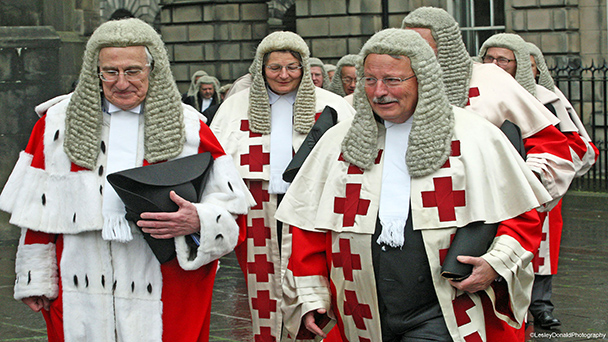3.1 The relationship between the courts, the executive and Parliament
The operation of parliamentary sovereignty works to ensure that the judiciary does not in practice step beyond its powers and challenge the will of Parliament (Scottish or UK). Its existence also implies that Parliament should be sovereign and the courts should not have the capacity to undermine this absolute sovereignty.
The separation of powers is there to ensure the appropriate distinction between the spheres of influence; that is, of the institutions of the judiciary, the executive and the legislature. The separation of powers is effectively neutral about whether the judiciary should be able to challenge Parliament (the exception being where the Scottish Parliament has passed legislation which is outwith its legislative competence) and adherence to the separation of powers has helped to maintain judicial independence by, for example, putting judicial appointments into the hands of an independent body. Having said that, in practice, because the executive and legislature are not kept institutionally separate in the UK constitution, the actual impact of the current separation of powers is arguably to give the ruling executive branch (government) a significant amount of control over what and how Parliament legislates, which places a great deal of power in the government's hands, whether it be a Scottish or UK Government.
